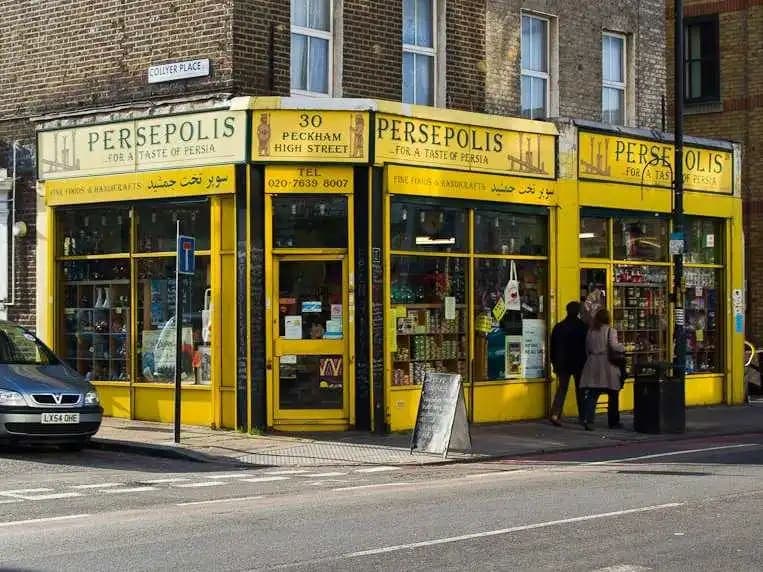The Comeback of the High Street: How Local Businesses Are Redefining Community


After years of uncertainty, Britain’s high streets are finding new life. Across towns and cities, independent shops, cafés, and service providers are proving that local business can not only survive but thrive. The story is no longer one of decline but of reinvention, powered by creativity, collaboration, and community pride.
A New Kind of Local Economy
The modern high street looks different from what it once was. Traditional retail still matters, but it is now joined by a mix of artisan bakeries, co-working cafés, pop-up boutiques, and independent wellness studios. These businesses offer more than products or services. They offer experiences that bring people together.
Local entrepreneurs are responding to what communities truly want. Many are combining online and in-person experiences, using digital tools to boost visibility and reach. From social media marketing to click-and-collect services, small business owners are proving that innovation does not require a large budget. It only needs imagination and local knowledge.
Collaboration Over Competition
A key feature of this revival is cooperation among independent traders. Business owners are forming networks, hosting shared events, and cross-promoting each other’s work. In many towns, local business groups are creating joint loyalty schemes and seasonal markets that draw visitors from surrounding areas.
This sense of shared purpose has helped strengthen local identity. The high street is no longer just a commercial zone but a meeting place where people connect and belong. It has become a space where creativity fuels community spirit and where every purchase feels like a small act of support for local growth.
The Role of Digital Innovation
Digital tools are playing a quiet but powerful role in this resurgence. Many independent businesses now use data insights, social platforms, and simple online systems to attract customers and manage operations. Mobile ordering, targeted advertising, and online engagement have allowed even the smallest businesses to compete with national chains.
Technology has also enabled stronger relationships between owners and customers. Newsletters, online storytelling, and local influencers are helping businesses build loyal communities that extend beyond their shopfronts. What once relied on foot traffic now benefits from a mix of digital reach and personal connection.
Community Pride at the Core
Underlying this transformation is a renewed sense of pride in local identity. Residents increasingly value the authenticity and character that independent businesses bring to their towns. Shopping locally has become both an economic and emotional choice.
Councils and community organisations have noticed the change. Many have introduced support programmes, simplified grants, and local investment schemes to nurture this momentum. When combined with grassroots energy, these efforts are helping turn once-quiet high streets into lively, welcoming destinations.
A Future Built on Connection
The high street comeback is not about returning to the past. It is about redefining what community means in the modern age. Independent businesses are leading that change with creativity, resilience, and heart.
What is emerging is a model of local prosperity that values people as much as profit. The future high street may look different, but at its core, it remains the same: a place where people meet, share, and build something together.
About the Author
This is Small and Medium Enterprises News Official News Desk
